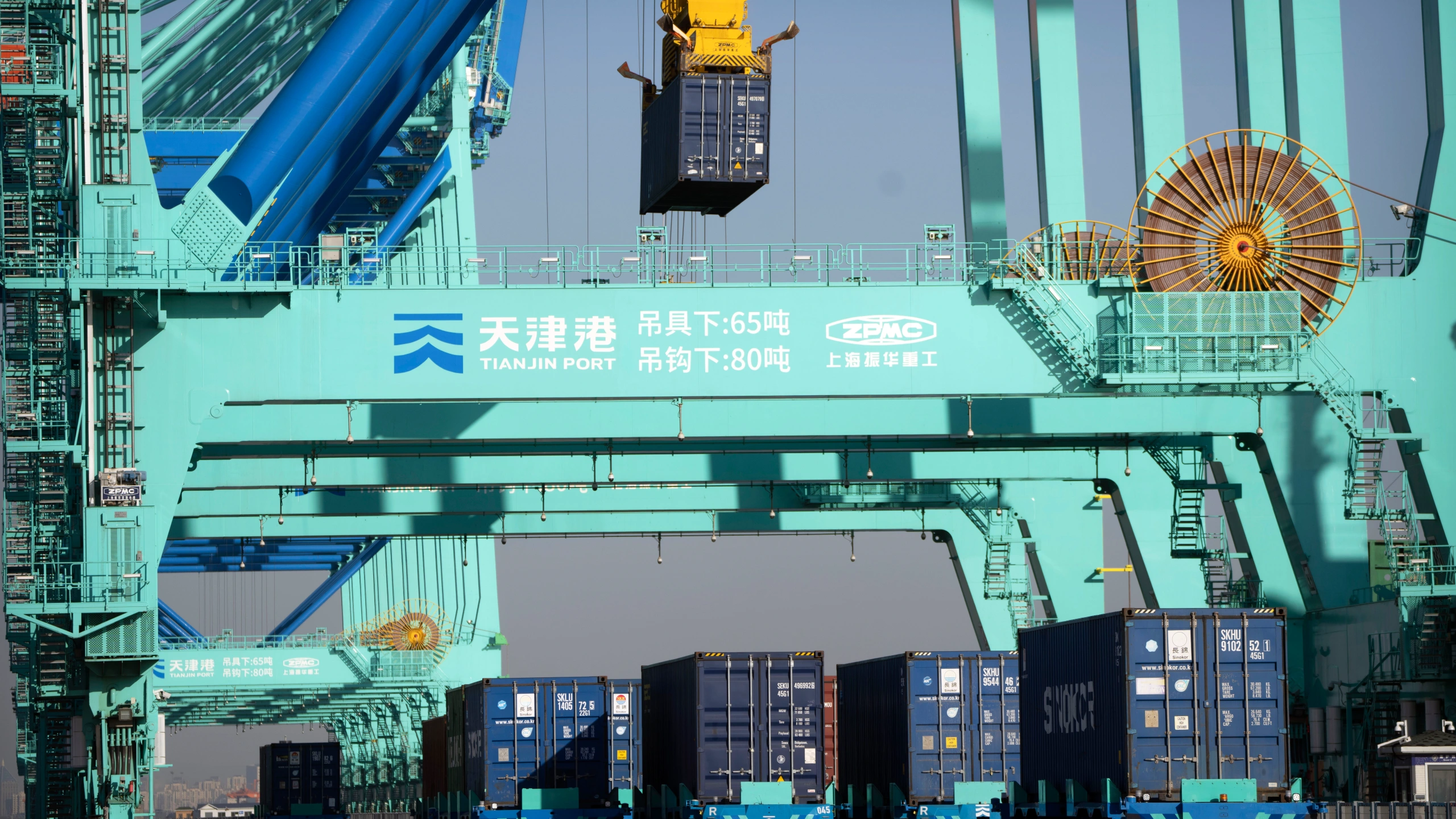China’s exports increased by 8.5% in U.S. dollars in April, the country’s second consecutive month of growth, while imports decreased by 7.9% from the same month last year.
Exports were predicted to increase by 8% in April, according to economists surveyed by Reuters, while imports were expected to remain constant. According to government figures, imports fell 1.4% in March compared to the same month last year while exports unexpectedly increased 14.8%.
China’s trade surplus increased from $88.2 billion in March to $90.21 billion in April.
The softer trade statistics in April is probably due to “residual seasonality” following the Lunar New Year this year, according to a note from Goldman Sachs economists on Monday.
In a note earlier, this month that anticipated China’s trade figures, Goldman Sachs economists predicted that “the dissipation of this seasonal bias to slow export growth in April” would occur.
Recent economic data from the second-largest economy in the world revealed that, despite weak industrial data, China’s service sector continued to be a bright light.
With a reading of 49.2 in April compared to 51.9 in March, the manufacturing purchasing managers’ index from the National Bureau of Statistics fell short of forecasts and into contraction zone.
Goldman Sachs economists stated in a different Friday report that “China is past the fastest stage of its reopening.” It reaffirmed its prediction that China’s GDP will expand by 6% for the entire year of 2023.
Recent consultations with mainland customers “suggest gradually fading pessimism on near-term growth, but some concern around deflationary pressures, though in our view this is not a major risk for 2023-24,” they said.
According to a Reuters poll, China’s inflation is predicted to drop down to a 0.3% increase in prices year-over-year when the data is revealed on Thursday.

